In the rapidly evolving landscape of modern architecture, without a doubt, smart building solutions are transforming how we manage energy, comfort, and efficiency. Specifically, at the core of this change are two key components: HVAC systems (heating, ventilation, and air conditioning) and BACNET, a standardized protocol designed for seamless communication between building automation devices. To delve deeper into this topic, let’s explore the technical details, real-world problems, and proven solutions, all illustrated through global case studies.
What exactly is BACNET?
Short for Building Automation and Control Network, BACNET is an international standard protocol. In essence, its core purpose is to enable different systems—from HVAC units to lighting and security—to “talk” to each other. Unlike traditional systems that work in isolation, BACNET allows devices from different brands to share data openly. Consequently, this creates a unified system for real-time monitoring and control.
When it comes to HVAC systems, how does BACNET help?
HVAC systems can use up 40–60% of a building’s energy. Thankfully, BACNET’s ability to share real-time data is a game-changer here. For instance, by combining temperature, humidity, occupancy, and equipment health data, BACNET allows for smart adjustments. Specifically:
- For example, cooling can be reduced by 10–15% when occupancy levels are low
- Spaces can be pre-cooled or pre-heated based on accurate weather forecasts
- Airflow can be balanced across different zones to enhance occupant comfort
In a strategic partnership with Delta (Delta Electronics, a Taiwan-based global leader in power management and industrial automation, founded in 1971, specializing in energy-efficient solutions for smart buildings, data centers, and renewable energy), Bivocom deployed BACNET enabled IoT gateways to unify building systems. As a direct result, this initiative enhanced HVAC fault detection and significantly improved energy efficiency.
Older HVAC systems often use proprietary protocols, making integration expensive and time-consuming. In fact, this process can increase project costs by 30–50%.
In collaboration with Daikin (a global leader in air conditioning solutions for residential, commercial, and industrial buildings), selected Bivocom’s LTE-M/NB-IoT Router TR321-M to upgrade its smart HVAC systems, replacing legacy 3G and high-cost 4G routers.
This collaboration not only streamlined remote monitoring and enabled predictive maintenance but also optimized energy efficiency, effectively addressing Daikin’s requirements for cost-effective connectivity and enhanced building performance.
Static HVAC settings lead to overuse—for example, offices running at full power on weekends. Fortunately, BACNET solves this through predictive analytics:
- At Australia’s Hindmarsh Council Center, BACNET sensors changed ventilation according to real-time occupancy, thereby cutting energy waste by 42%.
- Another instance involves a U.S. data center that used BACNET to optimize cooling, reducing PUE by 25% and achieving annual savings of $1.5 million.
Manual inspections and
fixing breakdowns cost businesses $30K–$50K yearly for a 50,000 sq.ft building. Thankfully, Bivocom’s edge computing gateways (like
TG465) enable predictive maintenance. Take these real-world cases into account:
- At the Burj Khalifa in Dubai, AI analytics detected compressor wear 30 days before a potential failure, enabling proactive repairs and reducing maintenance costs by 40%.
- Additionally, a Texas Manufacturing Plant integrated BACNET into air compressor monitoring, thereby reducing unplanned downtime by 70% and minimizing production losses while extending equipment lifespan.
Our industrial-grade gateways connect BACNET protocols to smart building systems. In particular, they offer three main benefits:
1.Bridging different systems and protocol translation
For example, they support BACNET, Modbus, and MQTT, enabling seamless integration between legacy HVAC systems and modern IoT platforms.
2.Real-time data collection and local processing
Capable of collecting over 10,000 data points per second from sensors, these gateways process data locally for rapid responses, such as turning off non-essential units within 500ms of detecting low occupancy.
Technical note: The TG465’s Linux system allows users to write custom scripts in Python/C++ to adjust fan speeds, for instance, based on CO₂ levels.
3.Secure cloud connectivity
Data is transmitted securely via VPN to real-time dashboards, which are used for energy analysis, fault alerts, and trend forecasting.
- First and foremost, 11+ years of expertise: Certified by BACNET International, with 500+ successful projects under our belt.
- In addition, Industrial-grade reliability: Our gateways are tested in extreme temperatures and deployed in over 150 countries.
- Last but not least, End-to-end support: From setup to cloud analytics, we make going smart easy.
By enabling seamless device communication, real-time data analytics, and predictive control, our solutions deliver tangible outcomes: up to energy savings, lower maintenance costs, and faster fault response times.
Whether applied to commercial skyscrapers, healthcare facilities, or industrial sites, this technology bridges legacy systems with future-ready intelligence, ensuring sustainability, efficiency, and occupant comfort.
By staying connected with us, you’ll gain exclusive access to cutting-edge technologies, industry best practices, and a global network of IoT professionals. Together, we can unlock the full potential of your buildings—today and into the future.
Ready for a customized solution? Contact us via [email protected] to discuss your project’s unique needs. Our experts can provide demo setups, compatibility assessments, and ROI projections.


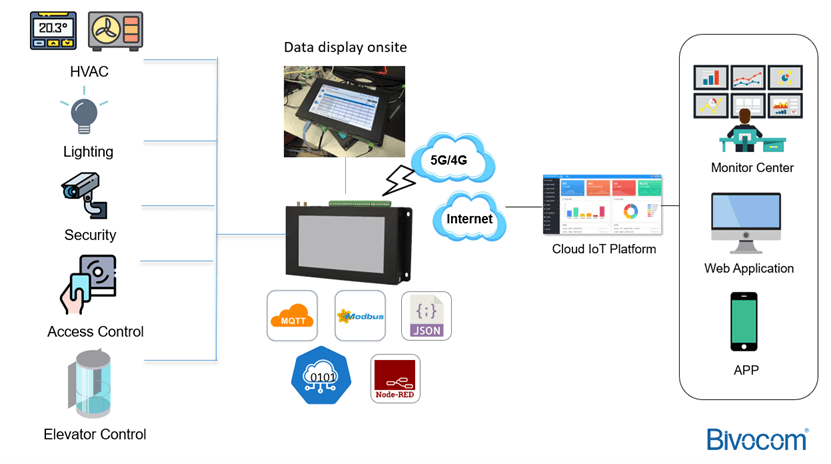
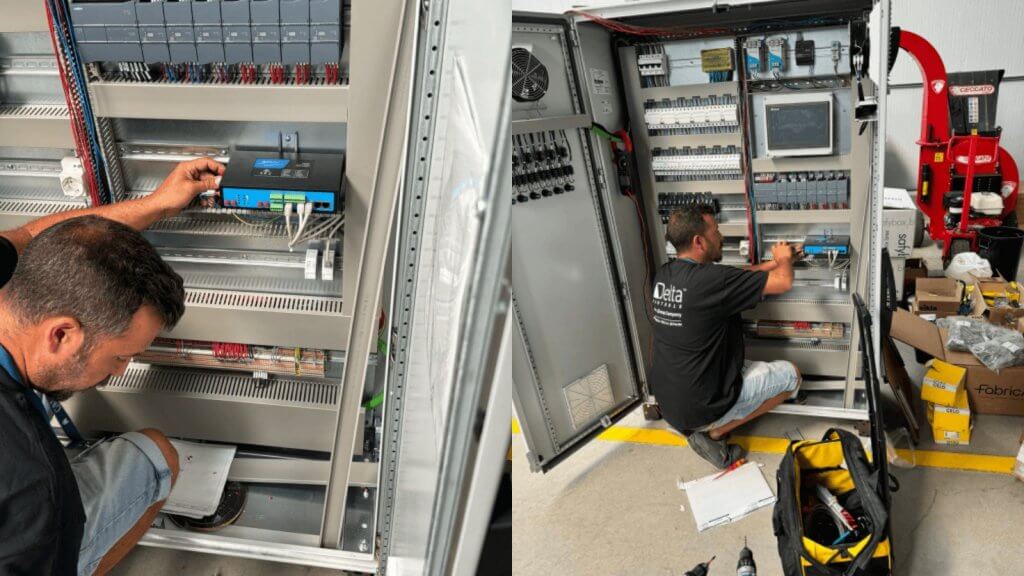
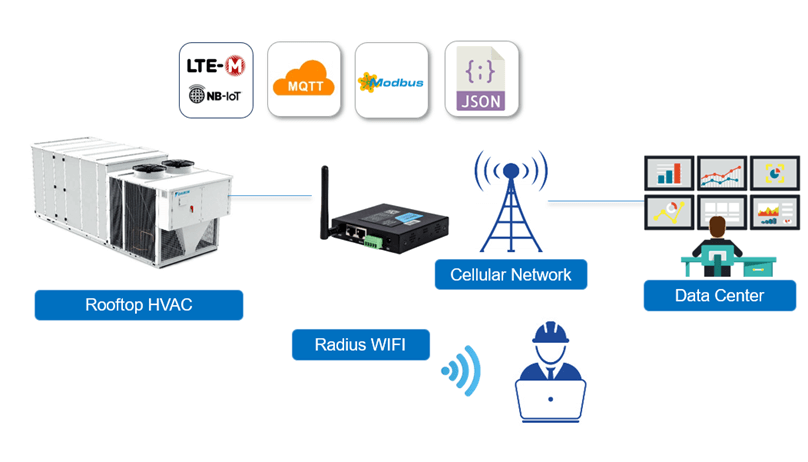
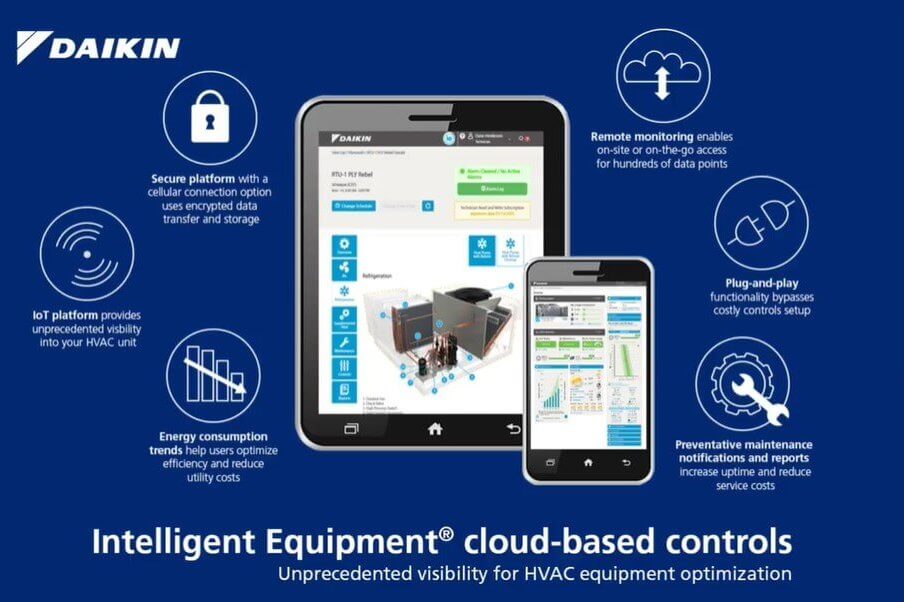
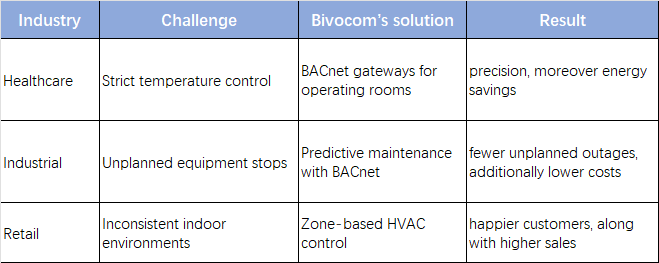

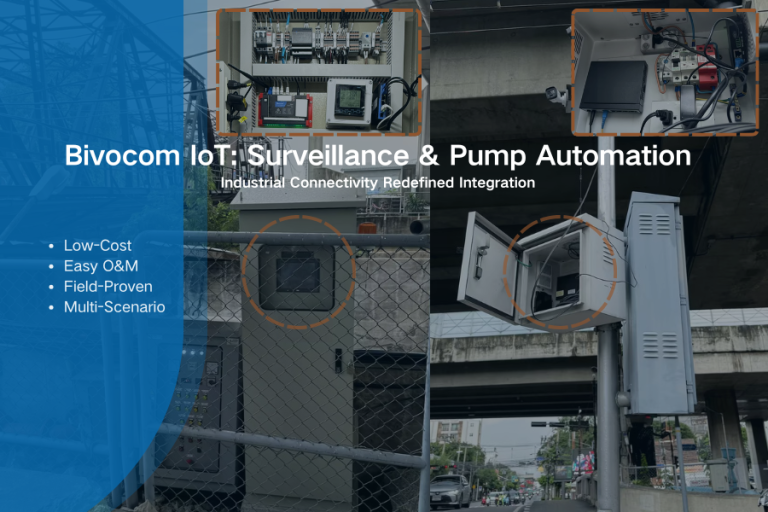


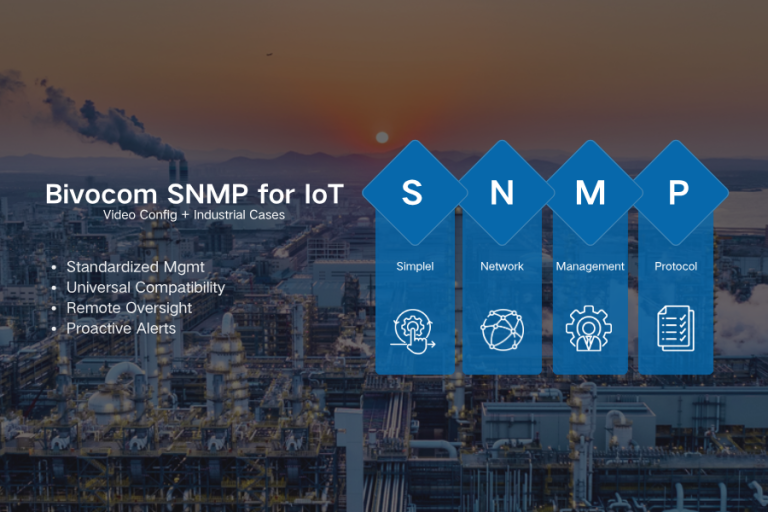
Comment